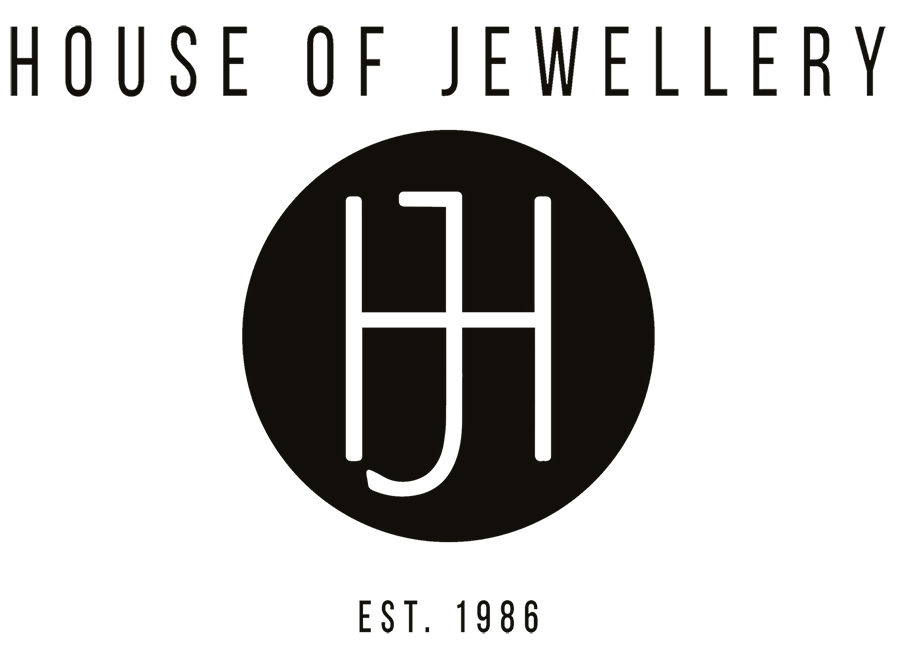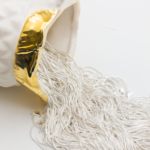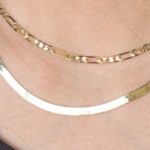Do you sometimes feel like you forget some terms with certain types of jewellery pieces? Or you are not entirely sure what a term you often come across really means? What is E-coating? Or keystone? And what is the difference between gold filled and gold plated jewellery?
It can be easy for some jewellers to forget the jewellery terms we use… we are all human and forget at times but we hope that this blog will help you form a better understanding and the basic terminology that comes with it.
We put together a terminology guide on all the important terms that every jeweller should know. Keep on reading for the most common terms you’re likely going to encounter.
4C’s
4C’s of a diamond stands for diamond cut, color, clarity and carat weight
The lowest solid gold alloy used for jewellery, composed of 41.7% gold and 58.3% alloy.
The most commonly used gold for jewellery settings, composed of 58.3% gold and 41.7% alloy.
Cubic Zirconia (CZ) is a synthetic crystal that is an affordable alternative to diamonds or other gemstones.
E-coating
The process of covering an object in a fine layer of lacquer using electric currents. If done right, the layer is consistent, even, and most importantly, unnoticeable.
Extended Warranty
A policy that extends the warranty period of consumer durable goods beyond what is offered by the manufacturer. It covers the cost of replacement or repair of the product, if it is caused due to a manufacturing defect or poor workmanship.
Gold
A precious, yellow, metal. Because gold is very soft, it is usually mixed with other metals such as copper or silver to make it stronger. The amount of gold is represented by karats (K). Pure gold is 24K.
Gold filled
A type of metal made by bonding a layer of gold with a second, less expensive metal using heat and pressure.Gold filled jewellery has a much thicker layer than gold plated.
Gemstone
A precious or semi-precious mineral used as jewellery when cut and polished.
Karat
A measurement of the amount of pure gold in an alloy.
Keystone
A markup on jewellery that is double the cost.
Platinum Plating
A coating of platinum over it. This does not devalue the jewellery, instead it protects it. Platinum is much harder than silver/gold and does not tarnish easily, it is hypo-allergenic and still maintains a shine.
Precious Metals
Metals that are rare and have a high value. The most popular precious metals are gold, platinum, and silver.
Precious Gemstones
Gemstone which are considered to be rare and have a remarkable color and brilliance. Diamonds, sapphires, emeralds and rubies are all considered precious.
To have either HOJ’s existing designs or to provide HOJ with a new jeweller concept manufactured for their label or brand. This includes having a logo, brand name, or other details stamped or etched into products. This is to give the jewellery a customized element that furthers brand awareness.
Rhodium Plating
A process which gives the white gold its ultra white colour by placing a coating over the existing metal adding extra strength.
Sterling Silver
A high-quality silver alloy that contains a large amount of pure silver and only a small percentage of other metals.
Tarnish
A thin layer of corrosion that forms on the outermost layer of a metal as it undergoes a chemical reaction making it look dull.




